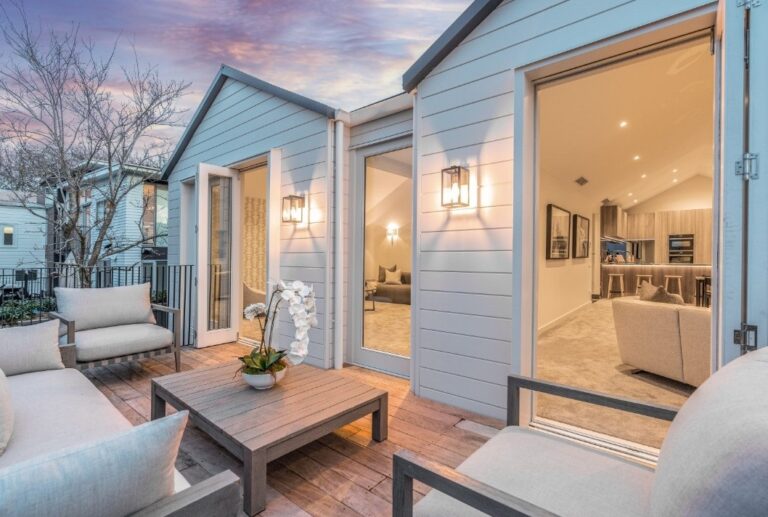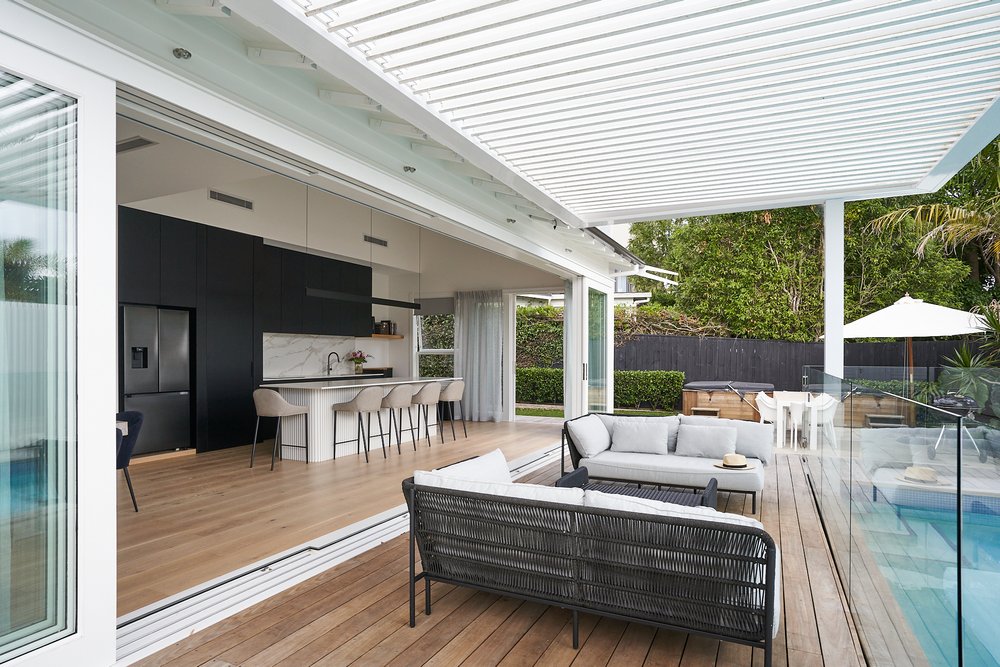Resources >
JMF timber joinery is crafted to last – but like all timber products, it requires ongoing care to maintain its appearance, performance, and compliance. Regular maintenance helps protect your investment from New Zealand’s harsh UV exposure, moisture, salt air, and temperature fluctuations.

Paint finishes protect the timber from moisture, UV light, and general wear. Keeping the coating intact is key to long-term durability.
Clear finishes highlight the natural beauty of timber but offer less UV protection than paint. These finishes require more frequent maintenance.

Contact your joiner or a JMF manufacturer for advice if you’re unsure how to maintain or restore your joinery. Prompt action can prevent expensive repairs or replacement.
© 2025 All rights Reserved. JMF New Zealand Ltd.